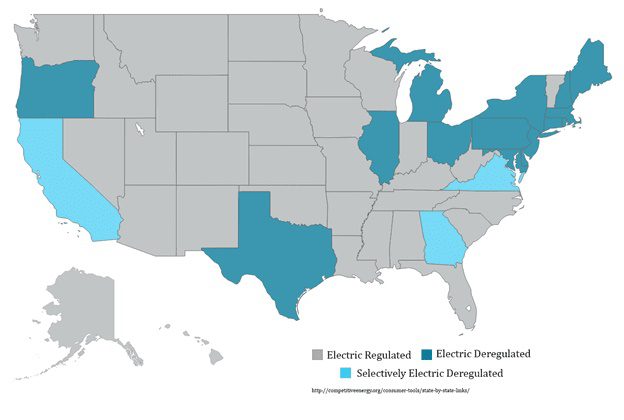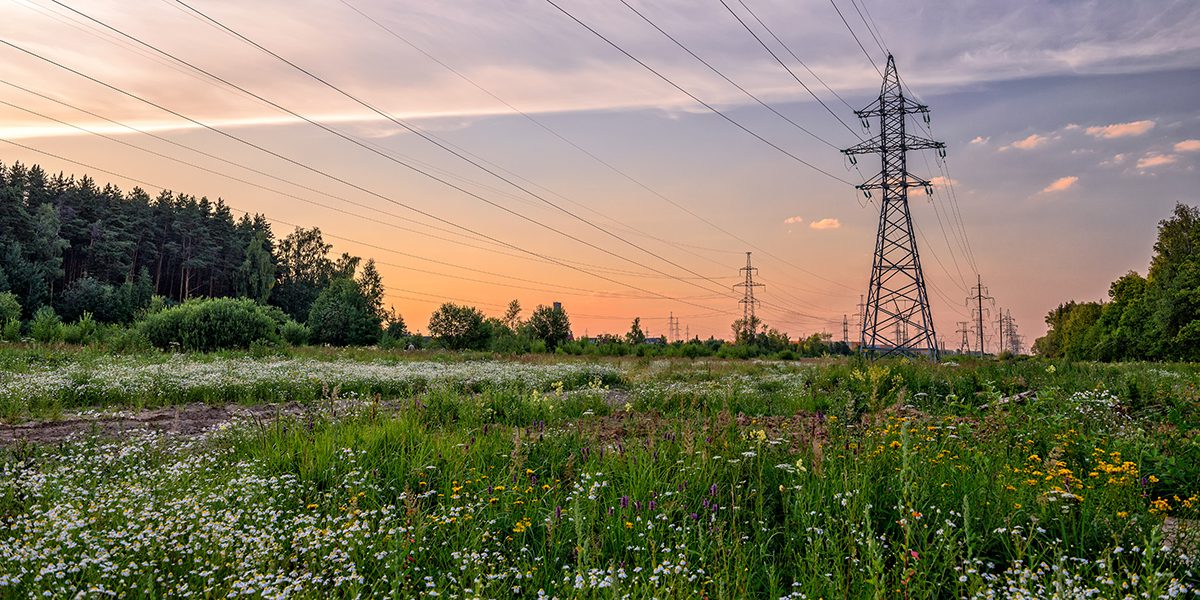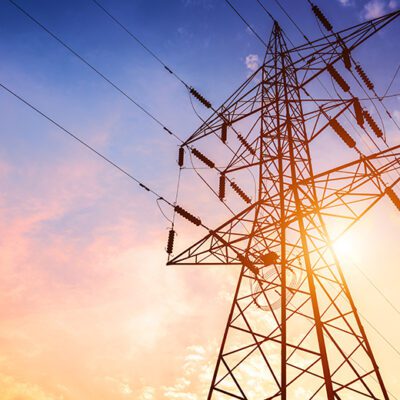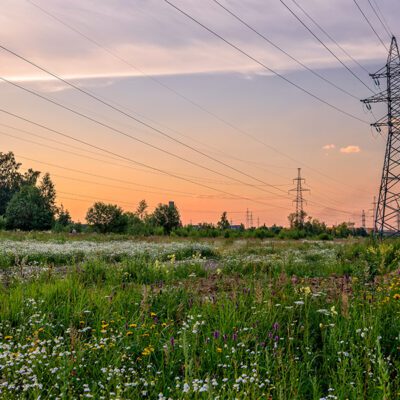As more businesses and organizations lay out careful strategies for meeting sustainability goals, new pathways to procuring renewable energy continue to emerge. Depending on where your business operations are located, “green tariffs” may be a term you’ll encounter. While this relatively new option is gaining popularity as a way for large organizations with a heavy electric load to utilize large-scale renewable energy, as with any solution, there are some conditions, benefits, and challenges to know and keep in mind.
What is a Green Tariff?
In regulated energy markets, a green tariff is a program that allows large energy users with significant power needs to secure renewable energy directly from their utility.

Let’s say a large sports stadium in Colorado enters a green tariff agreement with the local utility provider. The stadium pays a fixed rate to the utility for electricity generated by a local renewable energy project, and receives associated renewable energy certificates (RECs), plus a credit on its bill – all without having to change its existing energy account or any of its components. It simply pays an additional line item to cover the cost of generating and delivering renewable energy.
For its part, the utility helps finance clean, renewable energy projects right there in the energy buyer’s service area – imagine a new solar farm a few miles away from the stadium generating renewable energy it can deliver right to the local grid.
Beyond receiving RECs that allow the stadium to credibly state that it’s using green power, the stadium is now operating with a long-term, fixed-price structure of renewable energy. This means it’s less susceptible to the unpredictability of traditional fossil fuel-based power prices. The credit that now appears on the stadium’s utility bill reflects its contribution of renewable energy to the larger grid. If the stadium uses renewable energy for 60% of its power needs, for example, it can use its earned renewable energy credit as protection against any price volatility in the other 40% of its energy supply.
Meanwhile, the solar farm project funded by such tariff programs generates green jobs and increases access to renewable resources for many more people in the area. The stadium shows good corporate citizenship and makes a direct financial connection to a renewable energy project right in its own backyard. Green tariffs can help make the promise of renewable energy tangible not only to the participating business or organization but to the entire community.
Why Utilities Offer Green Tariffs
There is significant demand for green energy among corporate buyers now that over 2500 companies around the world have committed to science-based emissions targets. Those companies have many options for buying renewable energy—and most of them are not with their local electric utility.
This is a missed opportunity for utilities. Many are now developing corporate green power programs like green tariffs to capture this demand. When thoughtfully designed with the needs of corporate buyers in mind, green tariffs can help attract, retain, and grow commercial accounts.

Some Considerations
Green tariff programs can be an important addition to a large organization’s energy portfolio, but they’re only offered in regulated energy markets, and must be undertaken as a contract with the local utility. The buyer must verify that it meets the specific program’s participant requirements, which may include things such as energy consumption, load factor, rate class, number of facilities, or credit rating.
Additionally, green tariff projects are subject to regulatory approval, meaning there’s a chance they may be altered, delayed, or repealed. They’re also designed differently across different utility service territories, so each program needs to be evaluated individually if your business operates in more than one energy market.
Finally, green tariffs may add cost, and buyers will be limited to the projects, terms, and conditions being offered by their utility. By contrast, the more complicated approach of signing a power purchase agreement (PPA) may provide better contract terms and even cost savings (though there is a risk of loss, too).
| Pros of Green Tariffs | Cons of Green Tariffs |
|
|
Still, to date, green tariff programs have contributed 5,700 megawatts of clean energy to the U.S. grid. And globally, renewable energies of all kinds are on the rise. According to a 2023 Electricity Market Report from the International Energy Agency (IEA), renewables (similar to the power generated by green tariff programs) will make up more than one-third of the world’s energy generation mix by 2025.
Here are a few more resources to explore how your organization might use green tariffs to help drive important and lasting social, economic, and environmental impact in your region, while simultaneously helping your company meet its broader sustainability goals:
World Resources Institute: Green Tariffs
Clean Energy Buyers Association: Green Tariff Update/
EPA (Environmental Protection Agency): Electricity Markets



